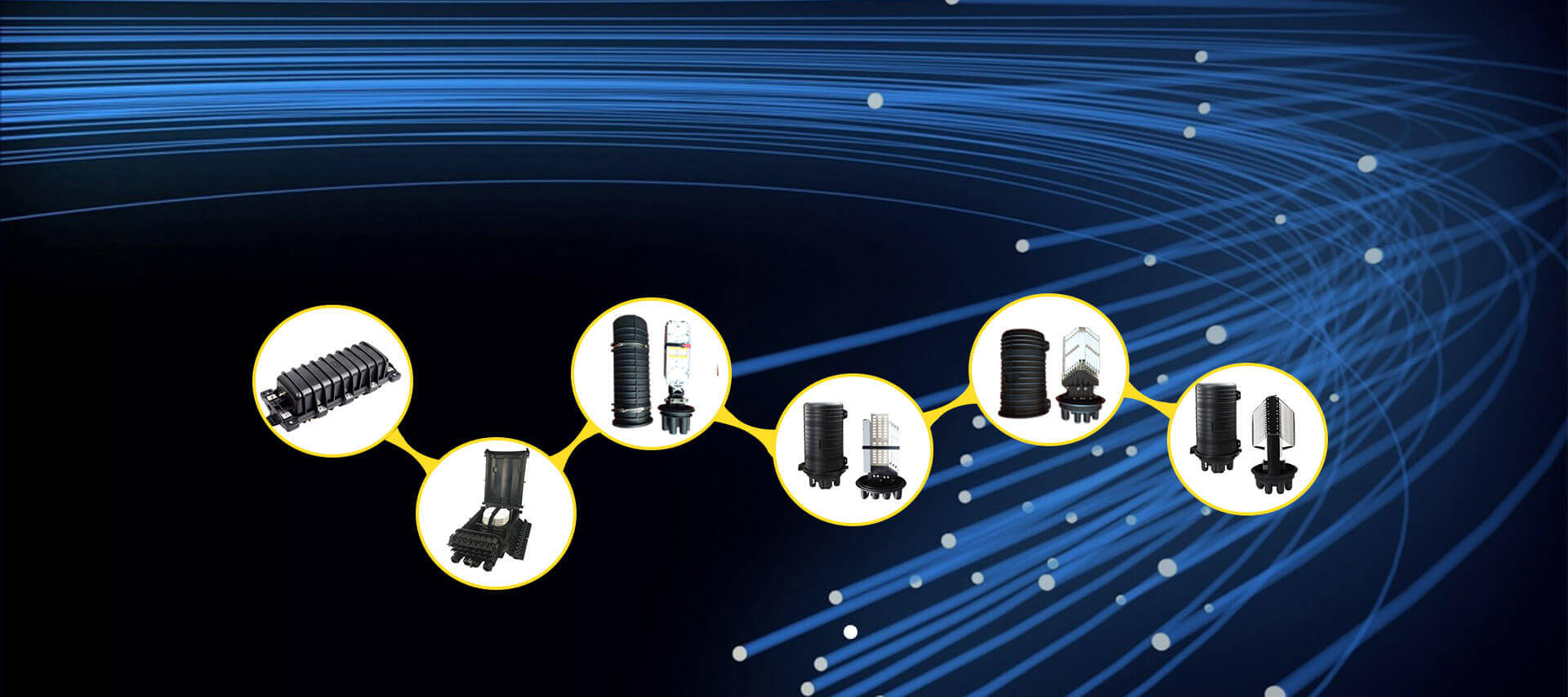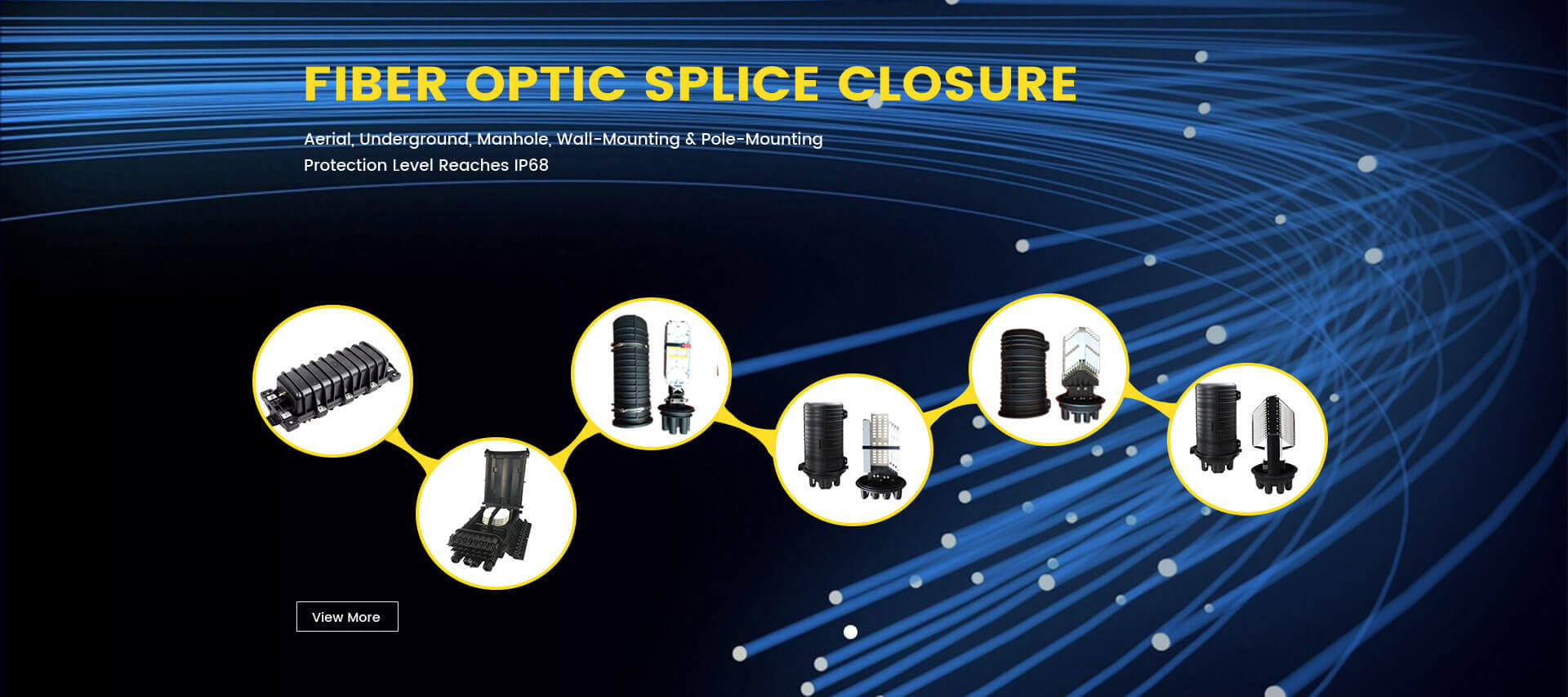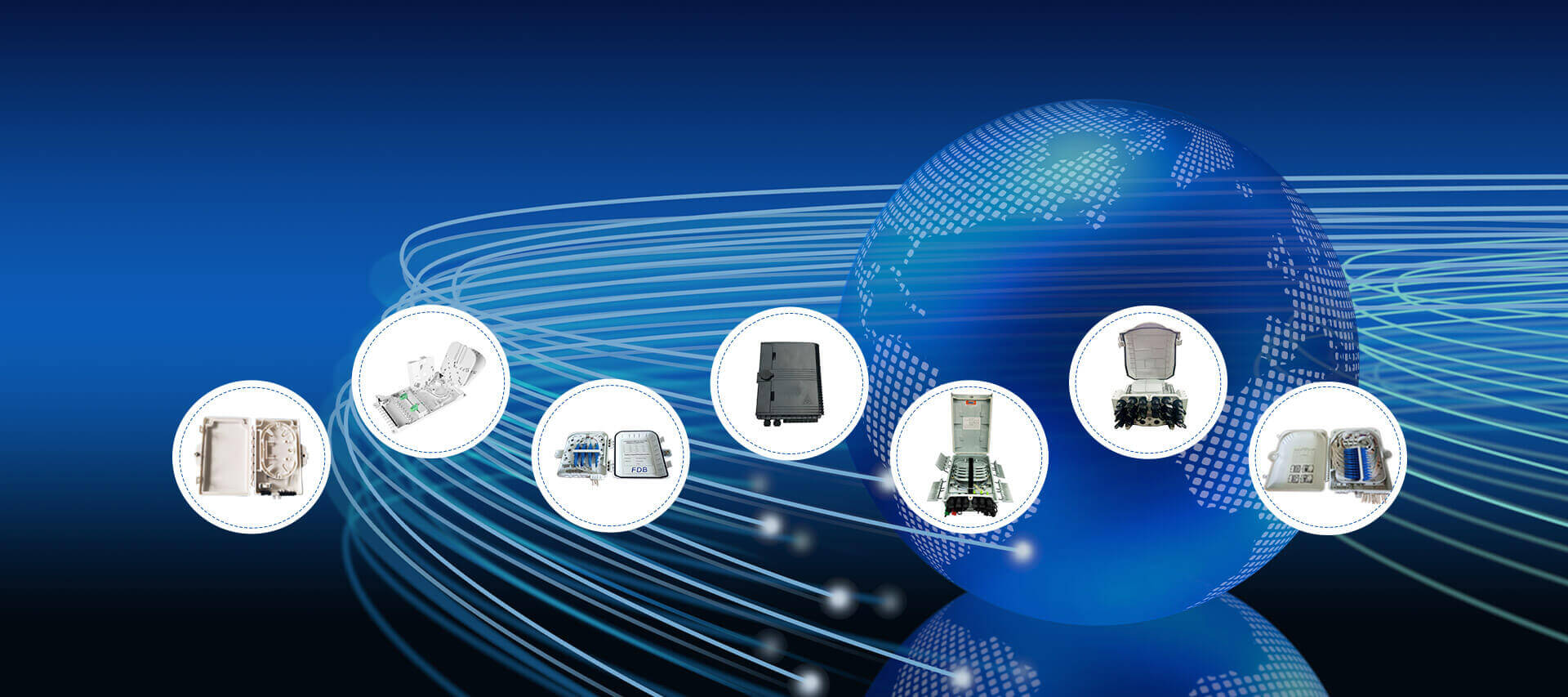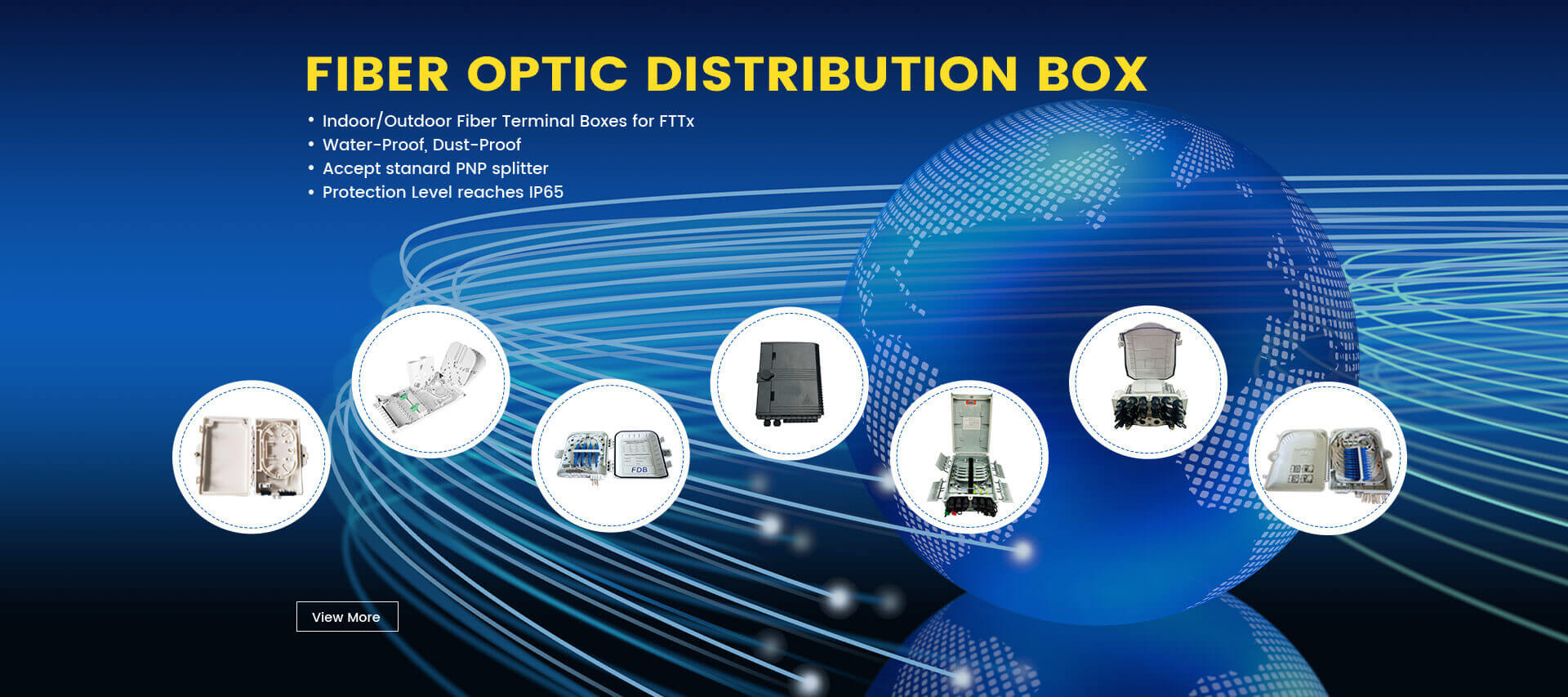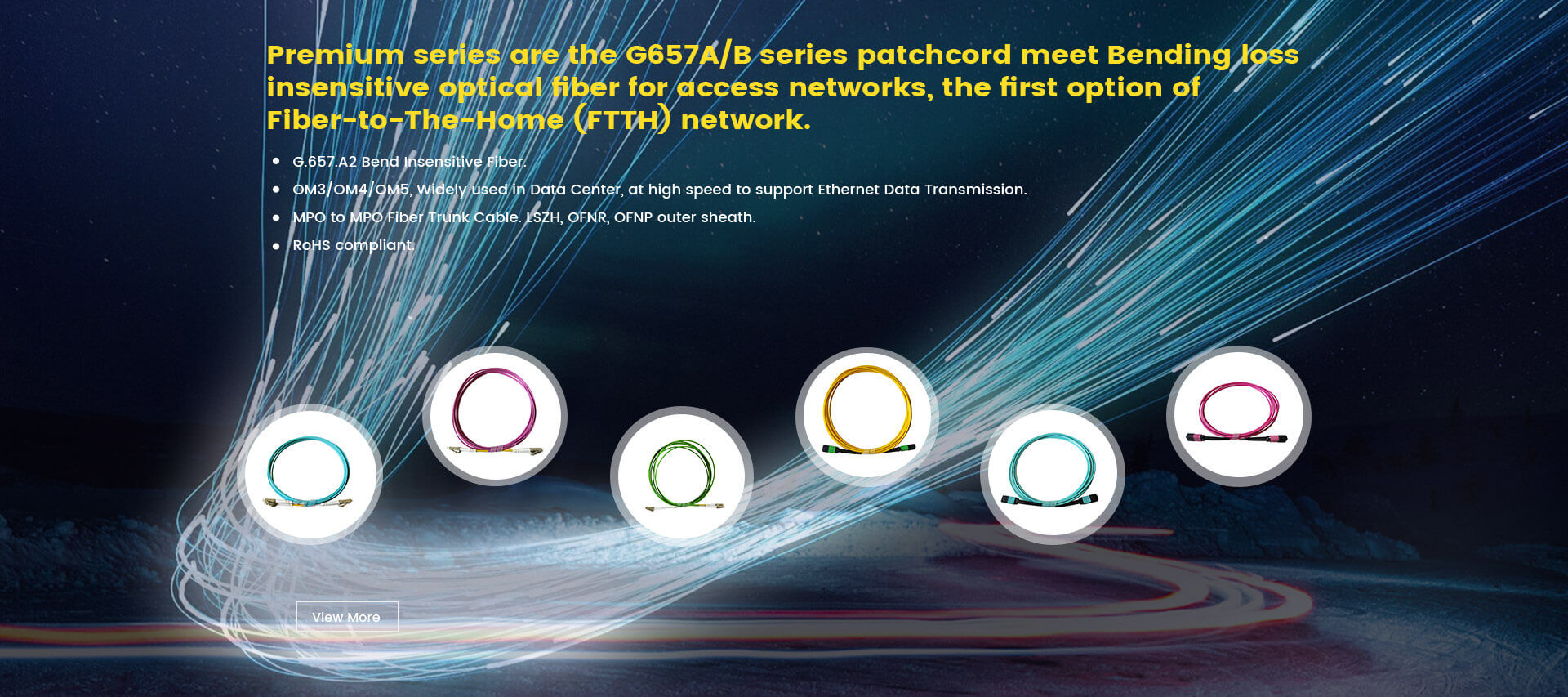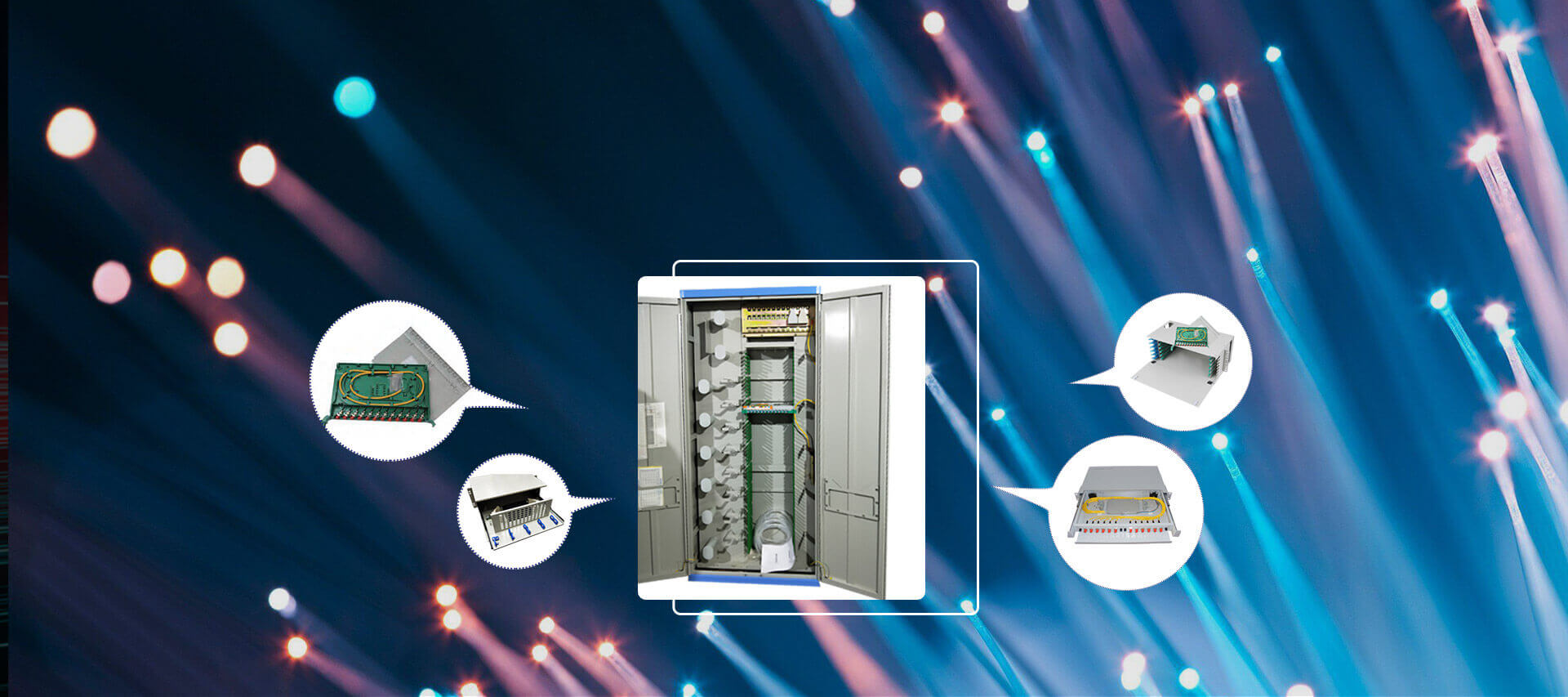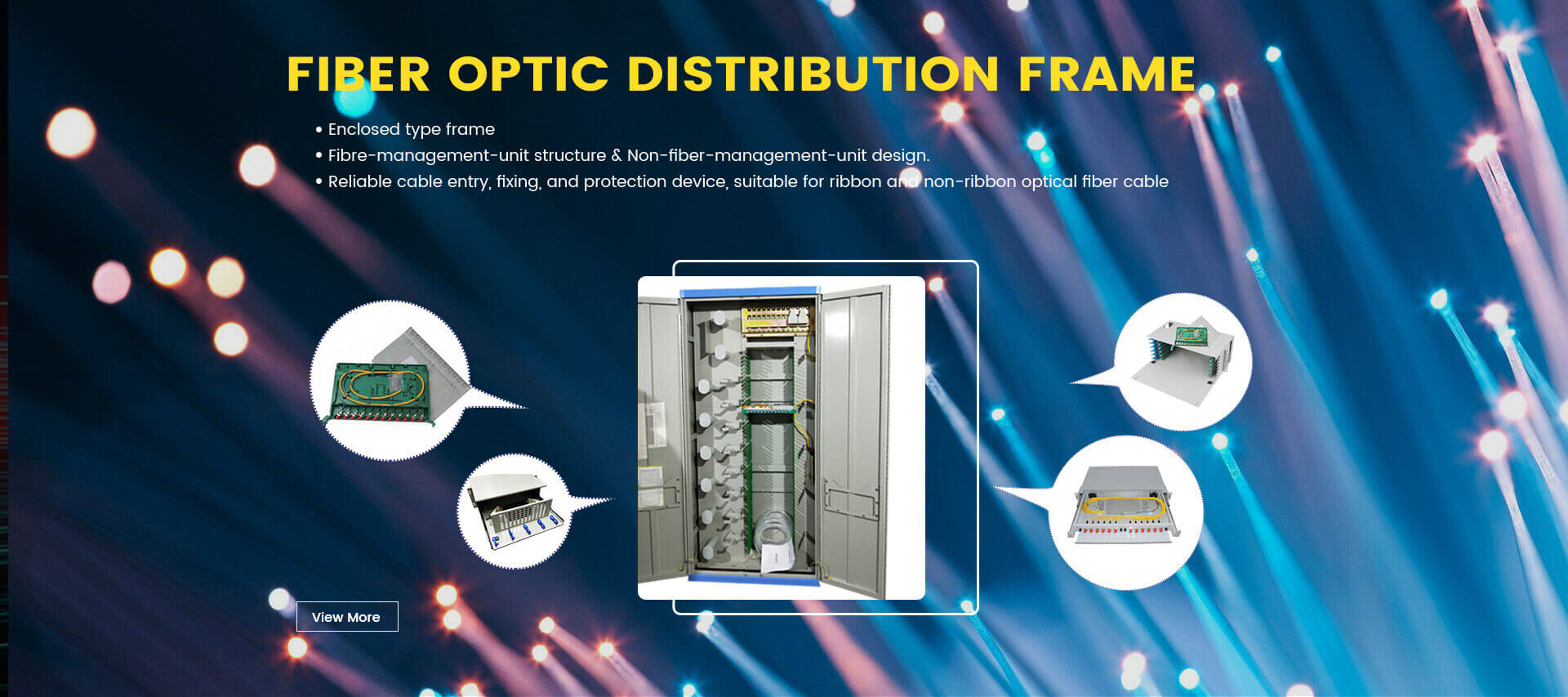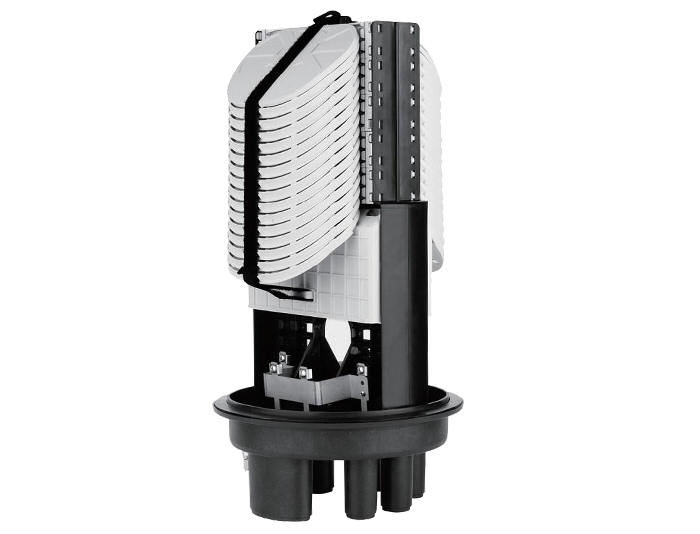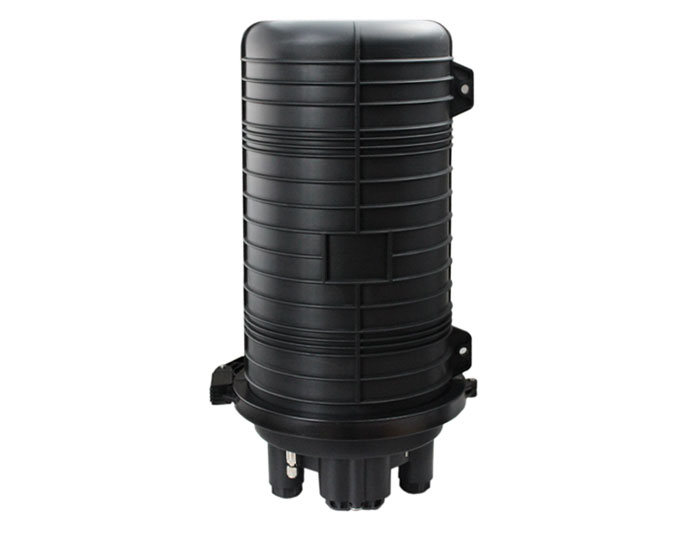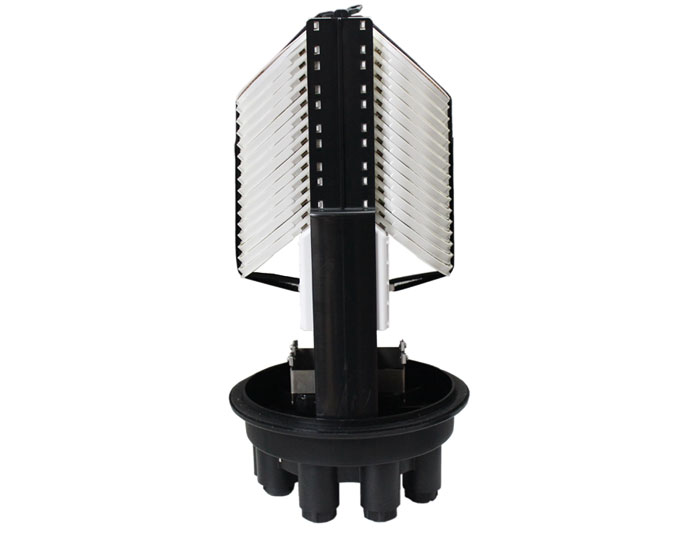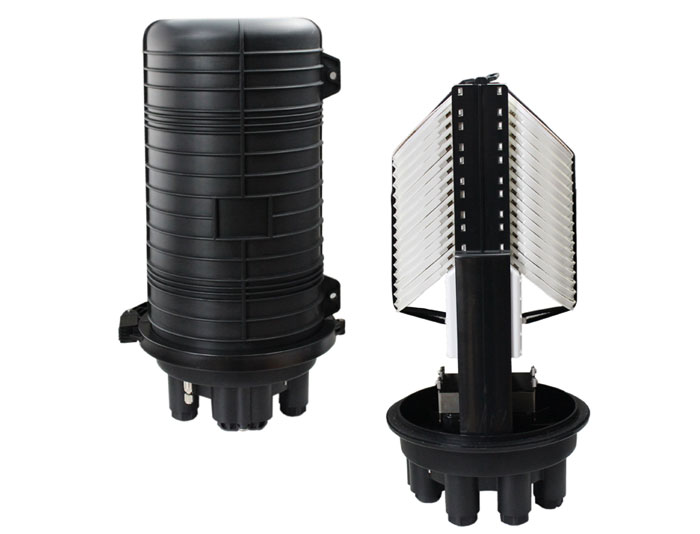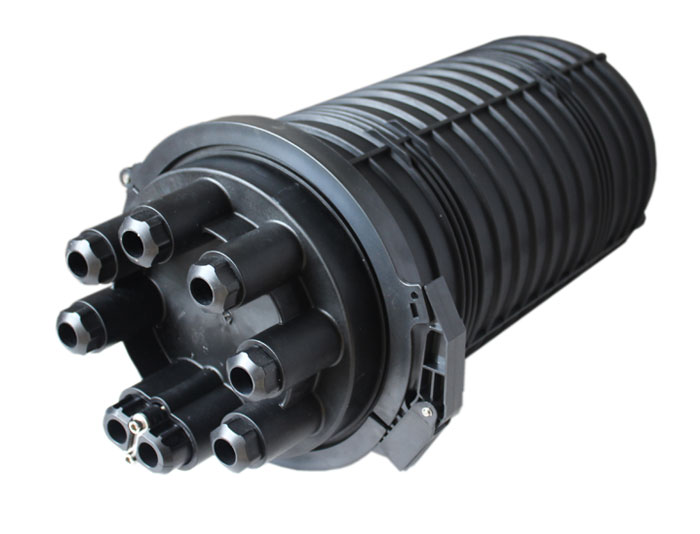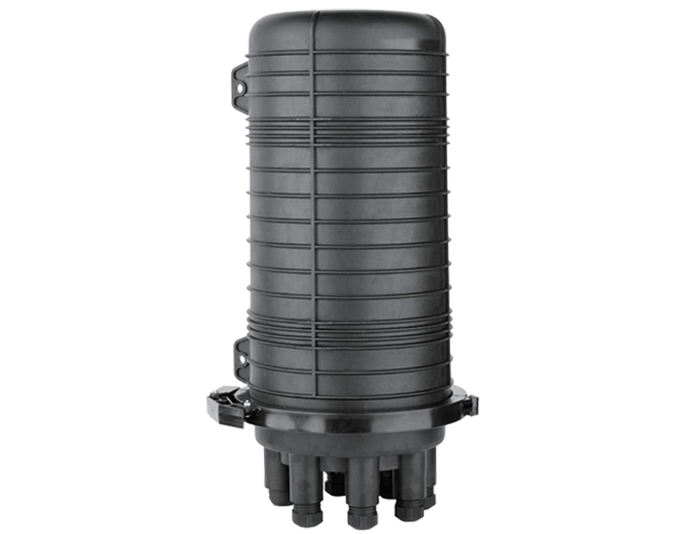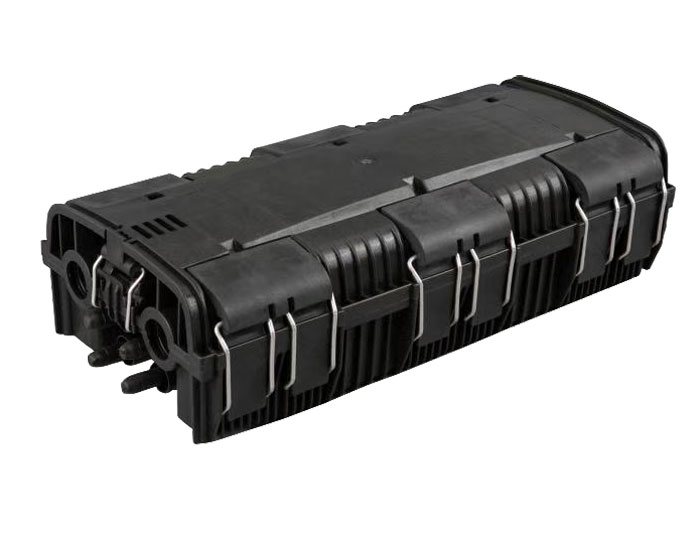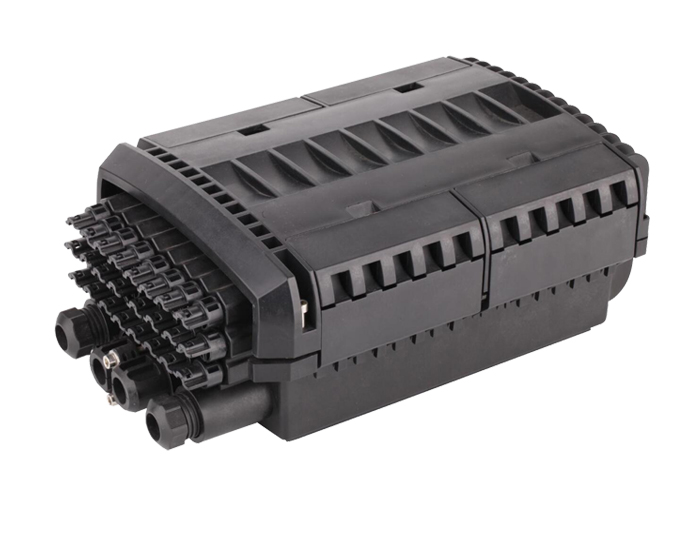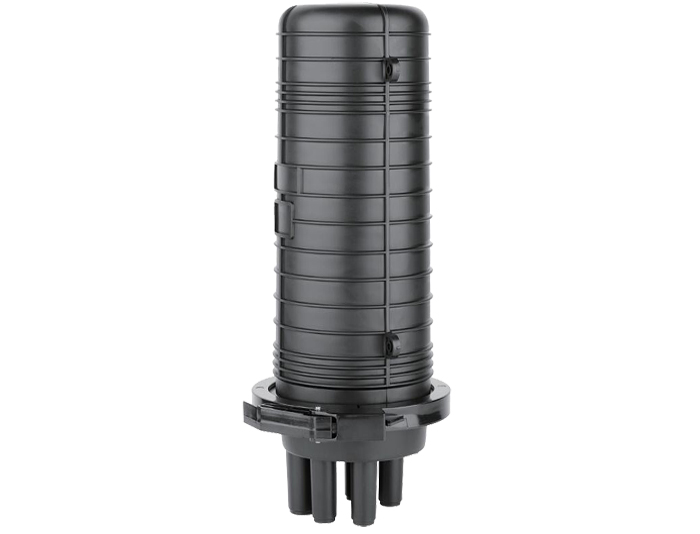Dome Fiber Optic Splice Closure
A dome fiber optic splice closure (also known as a dome closure or dome splice closure) is a protective enclosure used in fiber optic networks to house and protect fiber optic splices. It provides a secure and weather-resistant environment for splicing and protecting fiber optic cables.
Here are some key features and aspects of dome fiber optic splice closures:
Design: Dome closures are typically made of durable materials like plastic or metal and feature a dome-shaped structure. The dome design allows for easy access and accommodation of fiber optic cables and splices.
Splice Capacity: Dome closures come in various sizes to accommodate different numbers of fiber optic splices. The capacity can range from a few fibers up to several hundred fibers, depending on the specific model.
Sealing and Protection: Dome closures are designed to provide excellent sealing and protection against environmental factors such as moisture, dust, and pests. They often have multiple layers of gaskets or sealing mechanisms to ensure a tight seal, keeping the internal components and splices safe.
Cable Entry/Exit: Dome closures have multiple ports or entry points for fiber optic cables. These ports allow cables to enter or exit the closure while maintaining proper sealing. The number and size of ports vary based on the closure model.
Cable Management: Dome closures typically have features for organizing and managing fiber optic cables within the enclosure. This may include cable trays, slack storage, or other mechanisms to maintain proper cable routing and organization.
Mounting Options: Dome closures can be installed in various locations, including aerial, underground, or pole-mounted applications. They are designed to withstand outdoor conditions and are often UV-resistant and weatherproof.
Accessibility: Dome closures are designed to be easily accessible for maintenance and repairs. They may feature hinged or removable covers to allow technicians to access the splices and cables inside the closure.
Dome fiber optic splice closures are commonly used in telecommunications, data centers, and other applications where fiber optic cables need to be protected, organized, and spliced together. They play a crucial role in ensuring the integrity and reliability of fiber optic networks by safeguarding the splicing points and preventing environmental damage.
Dome Fiber Optic Splice Closure has one oval port for express cable applications and six round cable ports, the closure features an O-ring sealing system along with an innovative latching/locking mechanism. This combination is designed to allow simple, watertight closure.
An optional built-in air valve is designed to allow flash testing.
Closure Material: Modified P.P.
Closure Seal Material: Innovative latching / locking O-ring closure sealing system.
May be used for all fiber optic cable.
May be used for cut, uncut and taut sheath applications.
Sheath retention & central strength member fasten system included.
High-quality industrial plastic body material with UV resistance.
1 mid-span dual holes oval port for looped cable(10-18mm) and 6 round ports for drop cable(10-18mm).
Suitable for cable diameter 10mm-18mm.
Support aerial, pole-mount, underground, manhole installation.
360 degrees access, fiber bending > 40mm.
Maximum capacity: splice 720 fibers.
Number of splice trays: 60 pcs x 12F, or splice trays: 30pcs x 24F.
Hinged tray design, Splice trays can be easily increased and reduced according to capacity.
Modular splice holder design.
Installation and reentry with a minimum of tools.
Closure can be flash tested.
Protection class: IP68.
RoHS compliance.
Aerial mounting.
Pole Mounting.
Buried, Underground.
Vault, Handhole & Manhole.
Dome fiber optic splice closures are widely used in various applications where fiber optic cables need to be joined and protected. Here are some common applications:
Telecommunications: Dome splice closures are used in the telecommunications industry to join and protect fiber optic cables in both long-distance and local networks. These could be within a city or town, between cities, or even across countries and continents.
Internet Service Providers (ISPs): ISPs use these devices when installing or repairing their fiber optic networks. When a new subscriber is added, for example, a fiber from the network may need to be spliced to a new fiber leading to the subscriber's location.
Cable Television Networks: Cable TV providers who have upgraded their systems to fiber optics also use these devices to protect splices.
Data Centers: Data centers use fiber optic cables to manage high-speed data transfer between servers. Splice closures are used to protect the splices between these cables.
Underground Fiber Networks: In underground fiber installations, dome splice closures provide a secure and protected enclosure for fiber splices.
Aerial Fiber Installations: In aerial installations, these closures are mounted on poles or towers. They provide protection against environmental conditions like rain, snow, wind, and sun.
Submarine Cable Networks: Even under the sea, fiber optic cables need to be spliced and protected. Dome splice closures used in this environment are specially designed to withstand the high pressure and harsh conditions found at these depths.
Railway and Highway Networks: Fiber optic cables are also used along highways and railways for signaling and communication purposes. The cables are often spliced at regular intervals, and dome splice closures are used to protect these splices.
Military and Aerospace: In these sectors, fiber optic cables are used for high-speed data transmission in harsh environments. Dome splice closures are used to protect the splices from damage.
In all these applications, the main purpose of a dome fiber optic splice closure is to protect the spliced fibers from environmental conditions and mechanical damage, ensuring the continuity and reliability of the fiber optic network.

